Frederica Freyberg:
Chief medical officer for Wisconsin, Dr. Ryan Westergaard, joins us once again with some additional news out today. And, doctor, thanks very much for being here. But on vaccines, having weathered the harrowing and deadly pandemic in Wisconsin through its surges, what is it like for you to see people getting the shot this week?
Ryan Westergaard:
It’s emotional, frankly. It’s such a long-awaited dose of good news and so much work at so many levels, both in the scientific community and the government public health community. The logistics has gone into this moment of being able to distribute this really, we hope, highly-effective public health intervention. So it’s really satisfying and it gives us a lot of optimism and hope.
Frederica Freyberg:
Today Governor Evers though said that Wisconsin is getting many fewer doses of the vaccine next week than was promised by the feds. Is this a flaw in your mind in the federal distribution plan?
Ryan Westergaard:
Not necessarily. I think it’s really important to take the long view here. So the role for vaccination in ending the pandemic is going to rely on us getting nearly everyone immunized. And that’s going to take a long time. So we are at the very beginning of this. We feel confident that the doses are going to be manufactured, that they’re going to be distributed. It’s going to take some time. But right now at the very front end of this, it’s logistically extremely complicated. There’s a lot of people working very hard. And I think we just need to have some patience, even though everyone is eager and enthusiastic about it.
Frederica Freyberg:
Absolutely. Calming words. Thank you. Wisconsin today also announced the opening of an outpatient antibody infusion clinic for up to 84 patients a week. The infusions prevent serious COVID-19 illness. How important is this development to Wisconsin?
Ryan Westergaard:
Well, this is another tool in our toolbox of how to prevent severe disease. And it’s a unique kind of treatment. And there are mono clonal antibodies, so they in many ways mimic the body’s response to viral infections, which is to have antibodies neutralize the virus. We’ve been able to synthetically produce antibodies that can be administered intravenously. There’s some evidence in clinical trials that it prevents people from getting severally ill and having to be hospitalized. If we can deliver that to people who are at high risk of requiring hospitalization, which is generally older folks, we can avoid some strain on our health care system and potentially save lives.
Frederica Freyberg:
So is this happening in other states across the country as well?
Ryan Westergaard:
Yes. These mono clonal antibodies are on a federal distribution program. So the federal government procured a large number of doses after they received the emergency use authorization and distributed them to states and then states are distributing them to health care systems and also administering some in the public sector like you mentioned.
Frederica Freyberg:
Okay. Meanwhile, the post-Thanksgiving surge that we were all warned about did not apparently happen. Why do you think that is?
Ryan Westergaard:
Well, there’s probably a lot of reasons, but knowing what we know about how the virus spreads and what determines whether epidemics grow or shrink, I think it’s because the number of people who were in close contact with people who were infected was not as high as we feared. And so I find that very encouraging. We were at a very concerning, a very scary frankly situation, where day by day the curve was growing ever steeper. And leading up to Thanksgiving, we were really concerned if that trajectory continues, we were going to be in trouble with hospital capacity. What we saw instead was that it plateaued. And it’s continued to plateau. Still at a level we think is too high and there’s still a significant amount of risk of having gatherings and taking off masks, to be sure. But my hope is that it’s because we were doing the right things collectively. And what it means is that we need to keep doing even more of those things.
Frederica Freyberg:
So the numbers have plateaued. Is that the same as flattening the curve? Have we now done that?
Ryan Westergaard:
Well, if you look at the curve and we post these epidemic curves on our website, yes, it does look flat. It was a very steep uphill climb before and now it’s more horizontal. So we should take some comfort in that, but we should also acknowledge that this flat area of the curve is far too high. We’re still having 3,000 cases a today. The number of cases that test positive are above 10%. We really want those numbers to be much lower. The target for the percent positive test is 1%. So that tells us we’re not testing enough people and there’s still large numbers of people who are developing the infection. We clearly have more work to do, but I think we can feel good that we’ve stopped that really dangerous increase that we were seeing a few weeks ago.
Frederica Freyberg:
That is very good news. When do you expect normalcy to return?
Ryan Westergaard:
Well, I think this experience is going to change us forever and in some ways for the better. We’ve learned so much about how to respond, how to prevent respiratory viruses. We’ve advanced the science of vaccines and therapeutics to a great degree. When I think about when life is going to feel better in the ways we really miss, going to sporting events and concerts, I’m really optimistic by the end of the summer, the fall, we could be in a good place. But I think the really important thing is it’s not going to happen by itself. We’re going to have to intentionally continue to do the things that prevent infection. That involves wearing masks and participating with local public health in testing, in isolation, in quarantine. As we get more vaccine into people, those things become easier and more effective because the number of susceptible people goes down. But the virus is still going to be a threat until we really get it at low levels. So I think for the next year probably we’re going to have to remain vigilant. But I’m really hoping in the fall next year we can do things like sporting events and concerts.
Frederica Freyberg:
All right. Dr. Ryan Westergaard, thanks very much. Thanks for your time.
Ryan Westergaard:
Nice talking to you.
Search Episodes

Donate to sign up. Activate and sign in to Passport. It's that easy to help PBS Wisconsin serve your community through media that educates, inspires, and entertains.
Make your membership gift today
Only for new users: Activate Passport using your code or email address
Already a member?
Look up my account
Need some help? Go to FAQ or visit PBS Passport Help
Need help accessing PBS Wisconsin anywhere?

Online Access | Platform & Device Access | Cable or Satellite Access | Over-The-Air Access
Visit Access Guide
Need help accessing PBS Wisconsin anywhere?

Visit Our
Live TV Access Guide
Online AccessPlatform & Device Access
Cable or Satellite Access
Over-The-Air Access
Visit Access Guide
 Passport
Passport


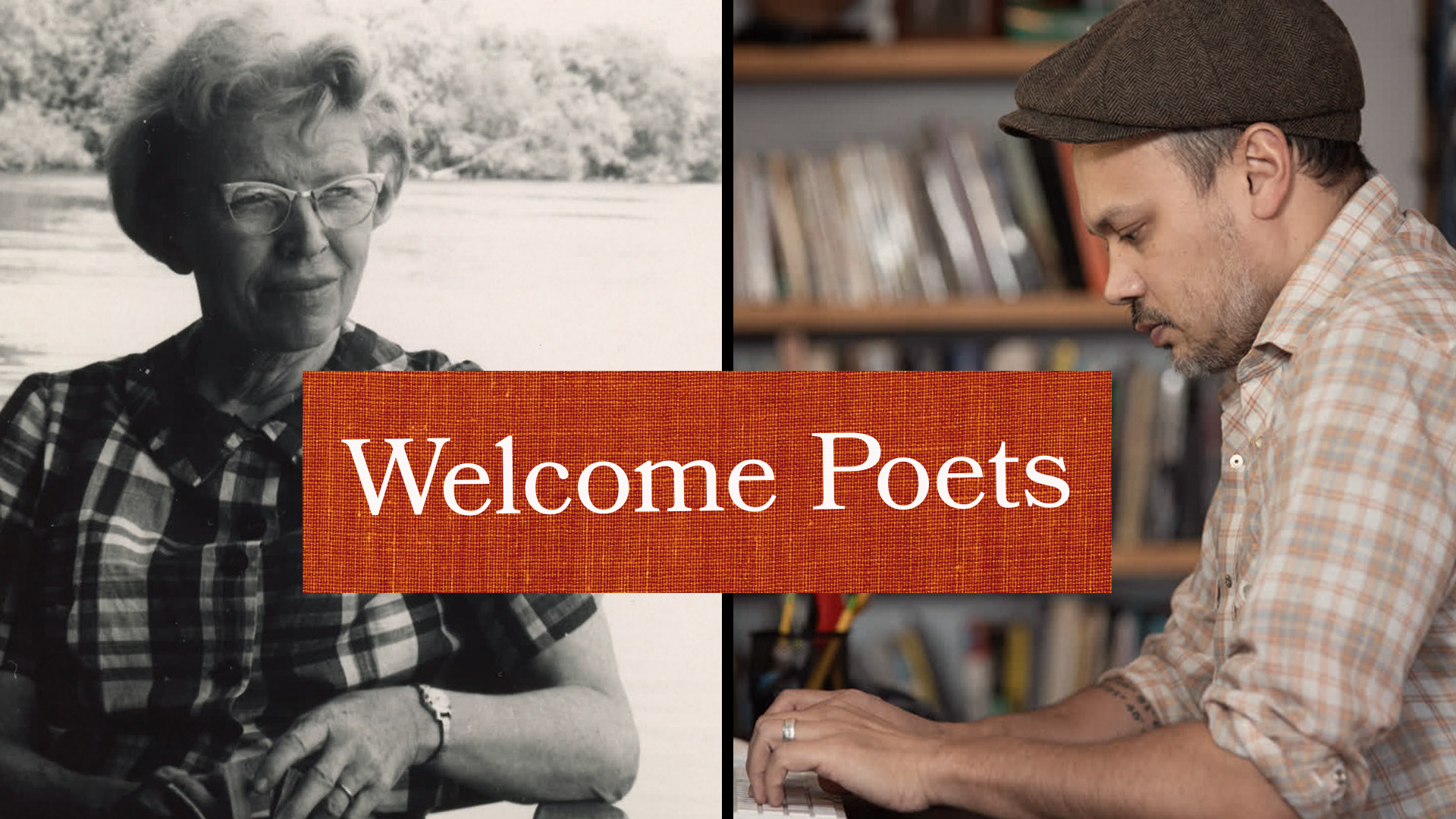


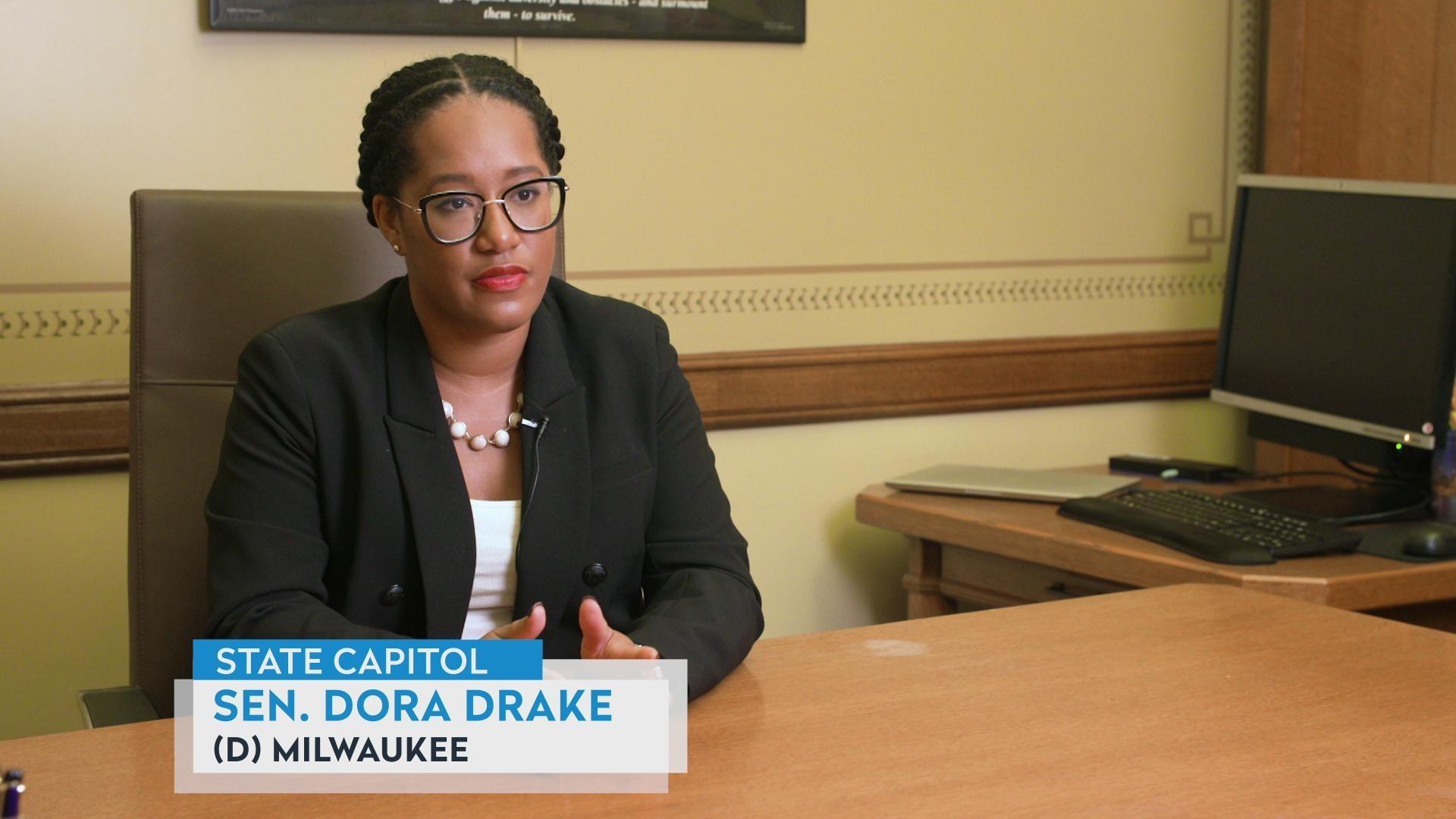
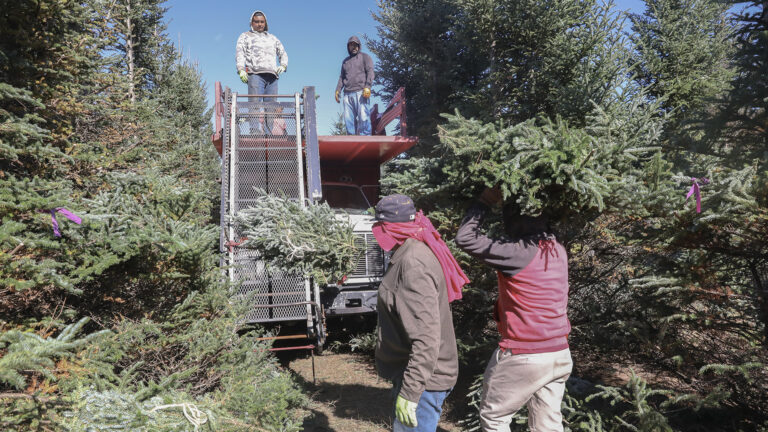
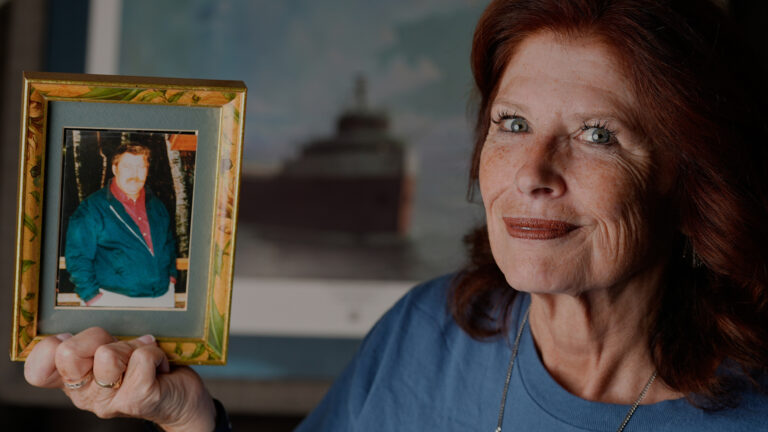
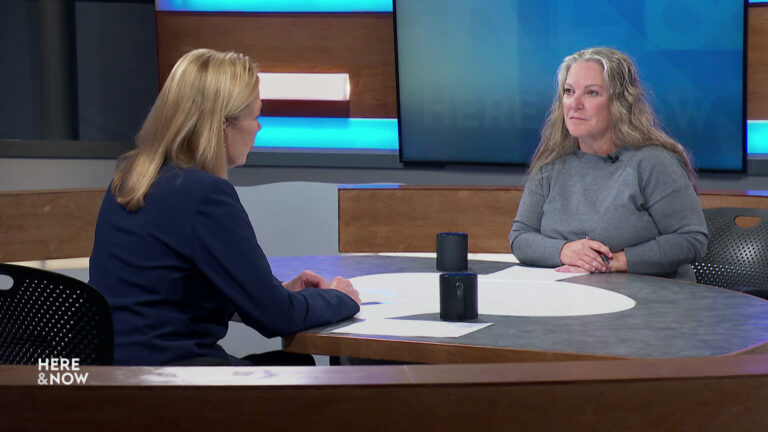
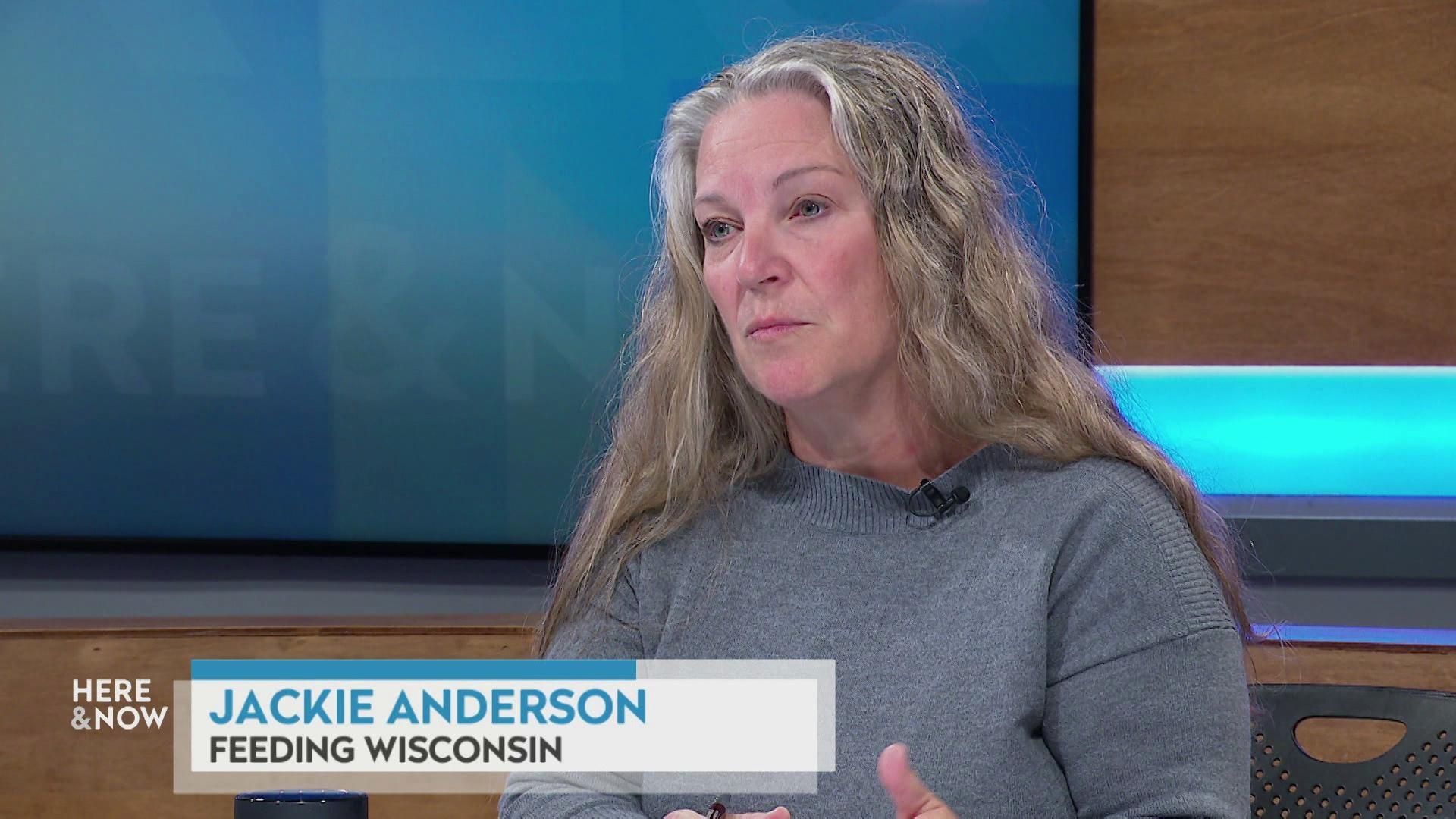
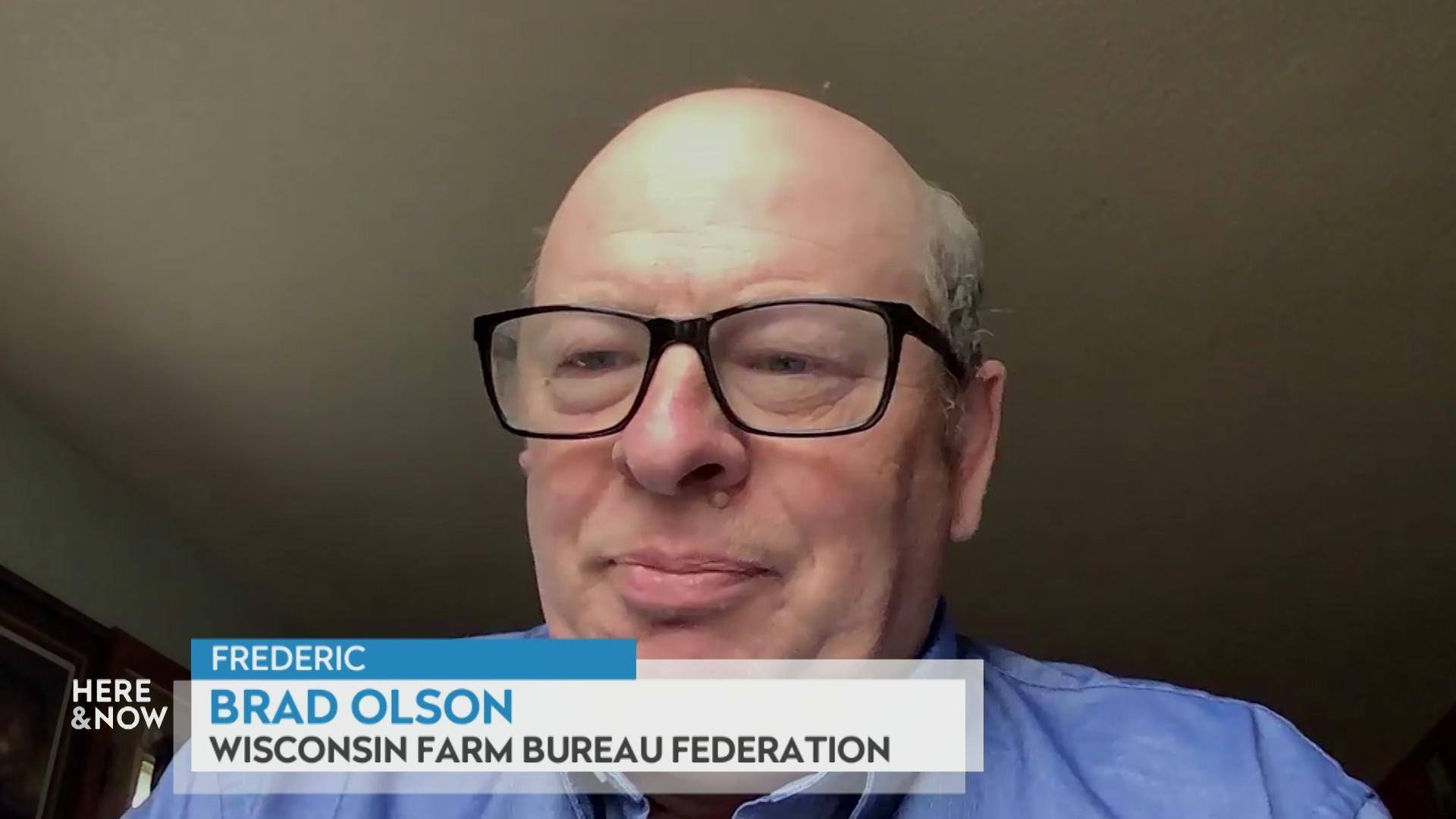
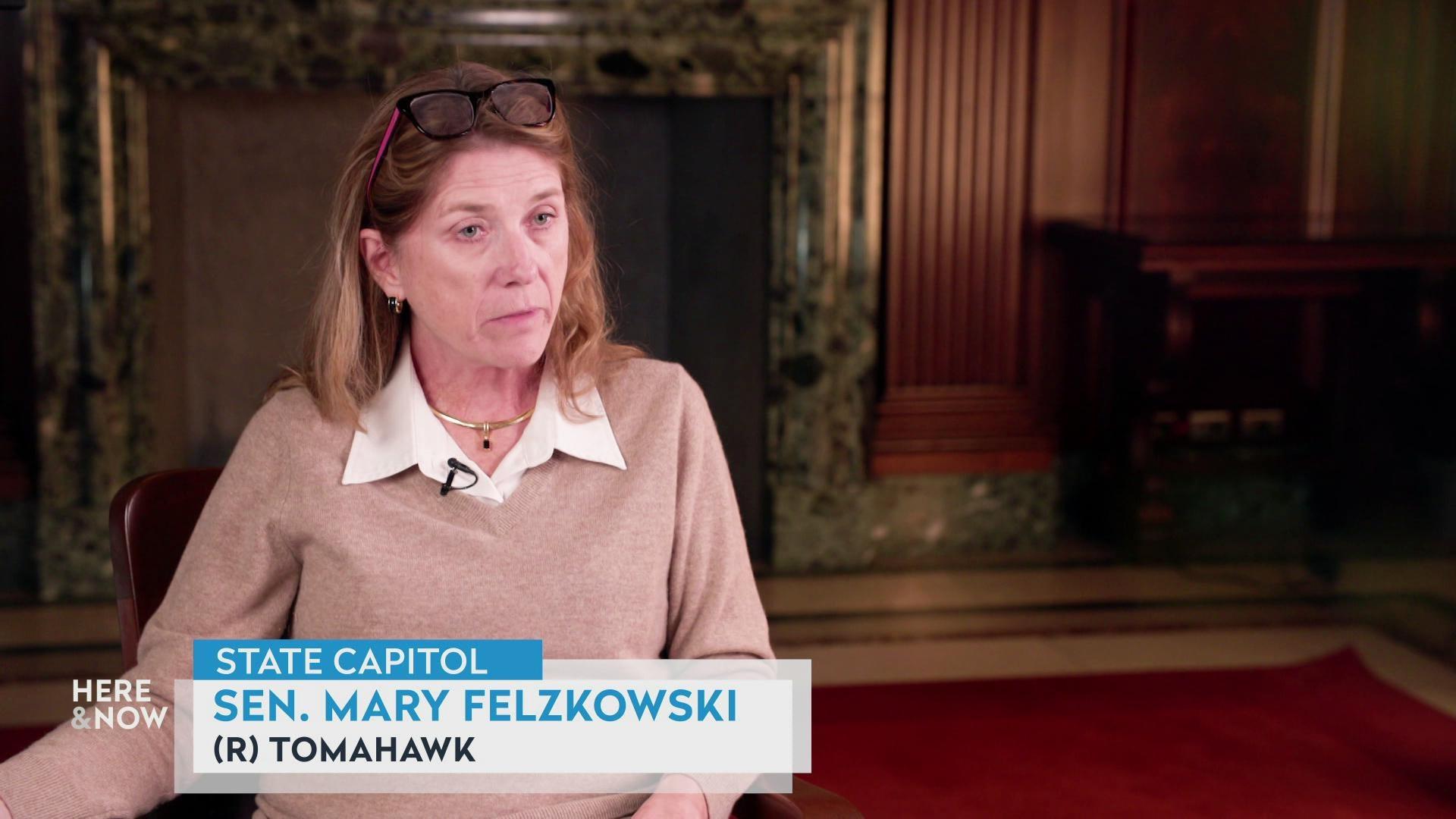
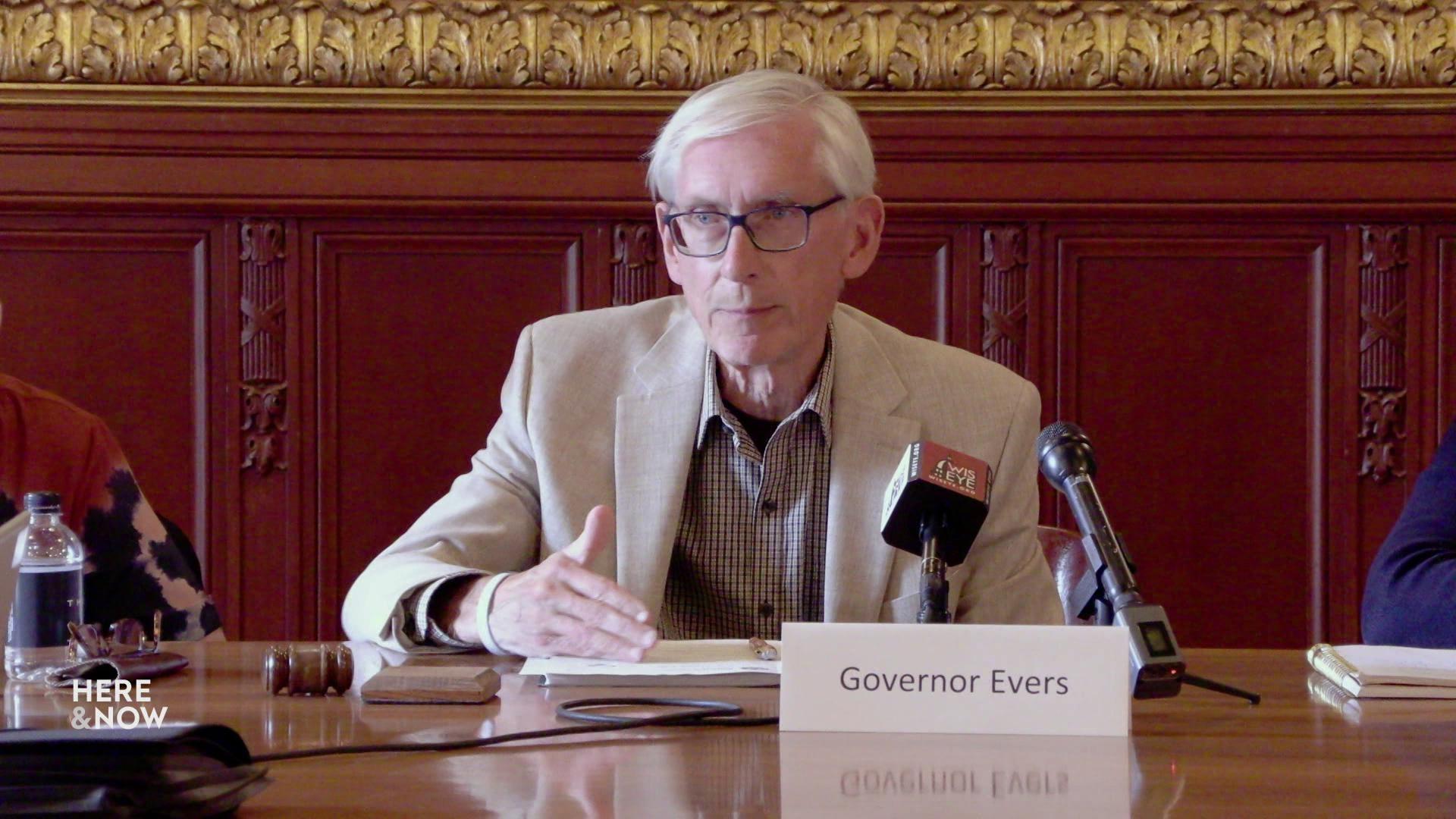
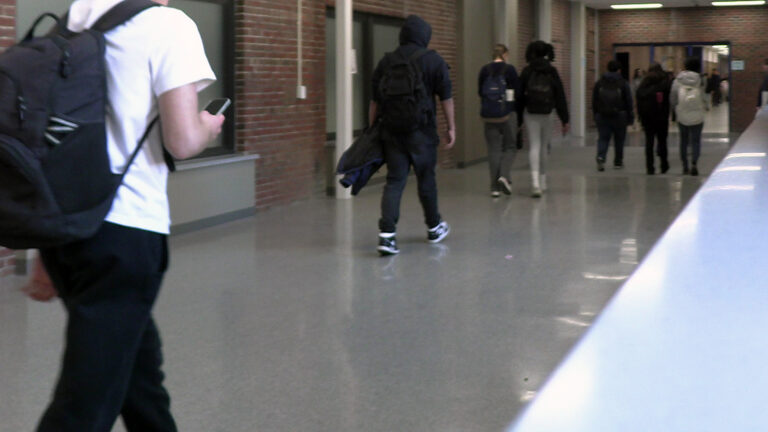
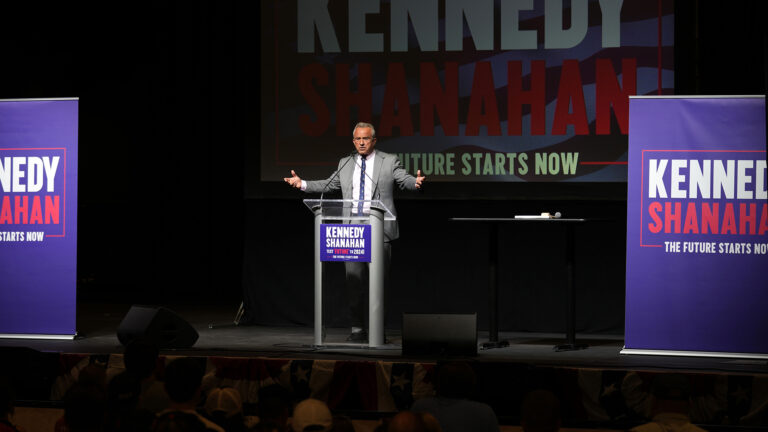
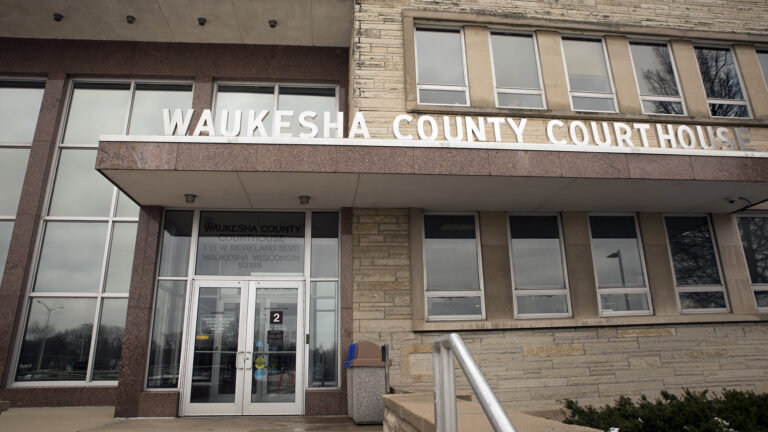
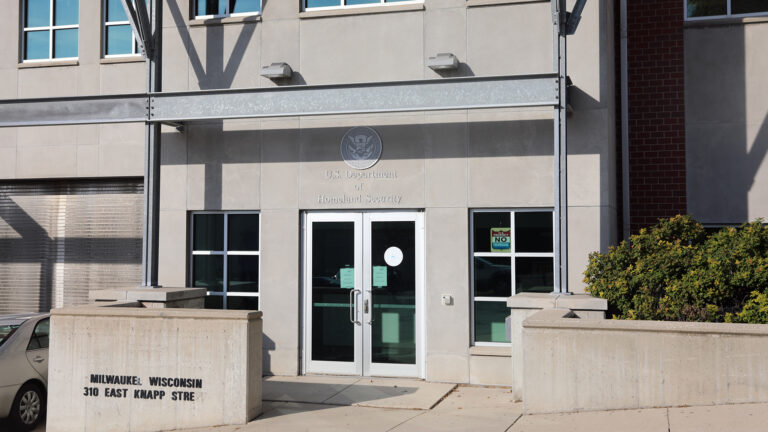

Follow Us